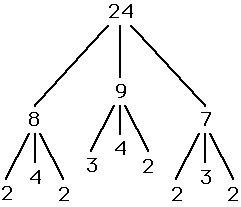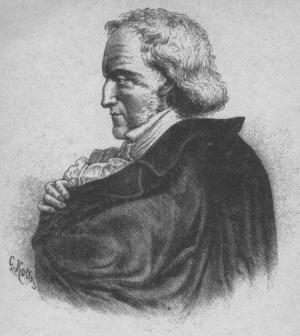

People passionately attracted to a particular type of object (for example butter-pears) regroup themselves in a series devoted to the production of that object. Within that series, they divide into competing groups devoted to varieties of that object (for example green vs. white butter pears). The various groups are united for the promotion of their object, but fight each other about the best variety for that object. It is necessary to split the groups on minute differences; for example a series of fruit growers dividing itself between groups devoted to pears, apples, peaches, etc., would be deficient, because the specializations of the various groups are too far from each other, and cannot generate discord (one can love both pears and apples!); even a series of pear growers dividing itself into groups devoted to particular types of pears (butter, conference, etc.) would not generate emulation between the groups.
A series has two wings, an ascending one and a descending one, and a pivot between them. So a series must have at least 3 groups; with 3 groups, the pivot group must be larger than each of the 2 wing groups, and the latter two should preferably be unequal (the descending wing group slightly smaller than the ascending one). The closer are two groups in a series, the greater is the hostility between them; on the other hand groups far away from each other can have mutual sympathy; for example in a series of 3 groups, the two wing groups can unite against the pivot group.
At the extremities of the wings of a series, there can be ambiguous groups, which operate a transition between this series and other ones.
One can have a series of degree 2, whose groups are themselves series of groups, and even of higher degree. The smallest balanced series of degree 2 should contain at least 24 people, as shown in the diagram below:

The unity of the series for the promotion of its object, and the discord between its groups on the varieties of that object, lead to industrial emulation and passionate labour.